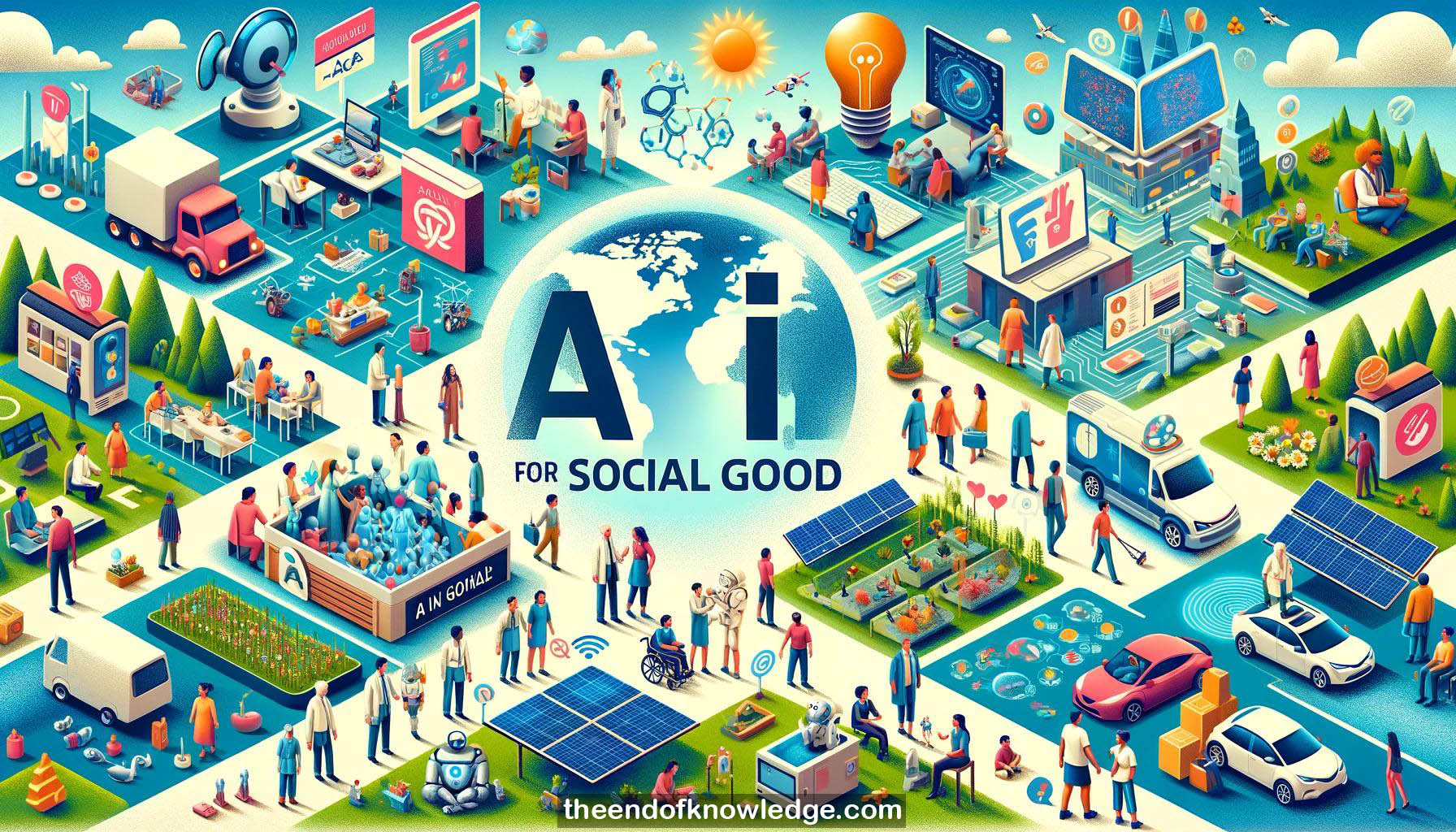 >
>
Concept Graph & Resume using Claude 3 Opus | Chat GPT4o | Llama 3:
Resume:
1.- AI is a powerful tool that can benefit society if used properly, but governance is needed to manage potential misuse.
2.- AI tools can be used positively for social good or negatively to concentrate power. Incentives are needed to steer AI positively.
3.- International coordination is important for AI for social good projects to connect expertise, domain knowledge, and funding from around the world.
4.- AI is transitioning drug discovery from chemist/biologist-driven to more data/AI/software-driven. This presents challenges due to incentives favoring secrecy over data sharing.
5.- A new incentive model for drug discovery R&D is proposed, with features of academic research like recognition through knowledge sharing.
6.- Countries could share costs of public domain drug discovery R&D. Resulting drugs would be free for poor countries and cheap for participating countries.
7.- An international data collection pipeline for chemical/biological assays is proposed as a benchmark for machine learning drug discovery researchers.
8.- Advertising-funded systems like social networks favor large incumbents over startups, slowing innovation. Rethinking the model, e.g. as public services, is suggested.
9.- As AI grows more powerful, governance through laws and international norms is needed to minimize negatives like paid manipulation and killer robots.
10.- Education is important so citizens can participate in collective decision making on AI. Experts also need more training on societal impact and ethics.
11.- Data trusts are proposed as powerful third parties to negotiate terms of data use between users and companies on behalf of users.
12.- The "grey rhino" concept is used for predictable high-impact events like pandemics. Proper monitoring infrastructure can enable more effective response.
13.- A two-part solution for pandemic response in marginalized communities: 1) AI analysis of wastewater data, 2) public dashboards communicating insights.
14.- Wastewater data collection enables highly granular, privacy-preserving insights on virus spread compared to individual testing. Dashboards contextualize data for community engagement.
15.- Pilot proposed in Toronto community housing socioeconomically marginalized people. Dashboard co-designed with local NGO. Goal to scale to other localities globally.
16.- Objective is to empower communities with insights rather than stigmatize. NGOs play key role in appropriate data communication to community and policymakers.
17.- The Complete Picture Project aims to build inclusive, diverse datasets showing complete picture of communities for AI bias testing.
18.- Problem: People missing from data can't be tested for bias. Datasets provide developers a starting point to test for hidden bias.
19.- Datasets can help build inclusivity into AI design, development and testing. Enable assessment of pre-built algorithms when applied to new communities.
20.- Agile approach starting with public datasets, iterating with user research. Goal to negotiate safe access to private datasets for enhancement.
21.- Project seeks AI bias use cases supporting SDGs, exchange of knowledge and tools. Sponsors and partners in academia and affected communities needed.
22.- Farm.ai uses smartphone-based insights to help smallholder farmers in developing countries, who produce 70% of world's food, increase productivity.
23.- Farmer data combined with satellite/market info generates predictions on yields, credit risk, and advice. Partnering with local NGOs for deployment.
24.- Rolling out to additional countries, seeking local partners for reach and global partners in tech/retail to translate gains to commercial markets.
25.- Collaborating with local farming experts is key. Recommendations can be wrong but automation enables reaching vastly more farmers vs in-person visits.
26.- What-If tool uses AI to predict how a locality's pandemic metrics react to policy changes, to enable data-driven, transparent policymaking.
27.- Deep learning model trained on 93 countries' data predicts transmission rates from policy timing/stringency and country-specific variables. Achieved high accuracy.
28.- Planned web interface lets users forecast impact of hypothetical policies, optimize for goals. Aims to build public trust through transparency.
29.- Seeks multidisciplinary expert input to train/validate models. Partnerships with policymakers and granular data sources needed, especially in neglected geographies.
30.- Using COVID as opportunity to fill data gaps in underrepresented areas. Investing in local data science talent for sustainable, representative AI expertise.
Knowledge Vault built byDavid Vivancos 2024